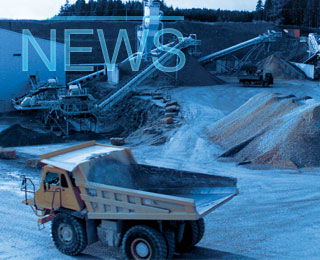The Vietnamese Bim Son Cement Company plans to produce 542,000t of clinker and provide the domestic market with 592,000t of cement in the second quarter. However, insiders are warning that the cement industry needs to accelerate construction of new plants or risk facing a shortage crisis.
A recent meeting between producers indicated that construction and upgrade of cement plants have languished over the past three years during which period demand consistently outstripped forecasts. This may lead to a serious supply shortfall in the long run, the meeting heard. Deputy Construction Minister Tong Van Nga pointed out that in the past three years industry forecasts fell short of actual demand by a million tonnes.
Annual demand is currently over 30Mt and, at an average growth rate of 10-12 per cent, is expected to reach 48Mt by 2010.
Nga said most of the country’s vertically-installed kiln plants had been running at full throttle in recent years and they planned to upgrade to horizontal kilns for a higher output. But these projects had been implemented behind schedule. He attributed the sluggishness to problems with land clearance, the firms’ financial incapability, a lack of capital injection by the public and sluggish equitisation by the owners.
The fluctuation in exchange rates between the euro on hand and the dollar and the Dong on the other had also adversely affected these projects by raising the cost of construction, he said. Poor technical studies for the projects, cumbersome administrative procedures and the incapability of project owners too played an important role in the problem, he said.
Director of the Construction Materials Research Institute, Thai Duy Sam, said the root of the problem lay in the fact the cement industry’s development master plan for 2002-05 was not properly done. He said the plan failed to identify promising locations for cement production and the development prospects for certain regions. It also failed to advise investors on such issues as production scale, technology, cost and other data over their choice of investment, Sam said.
Besides, many small cement plants have been built in the past two years without reference to the master plan. Although these plants have somewhat eased supply fears, they have also affected quality and posed environmental problems. Because of the increasing construction of cement plants outside the ambit of plan, the Ministry of Construction recently banned erection in regions lacking raw materials needed for cement production.
